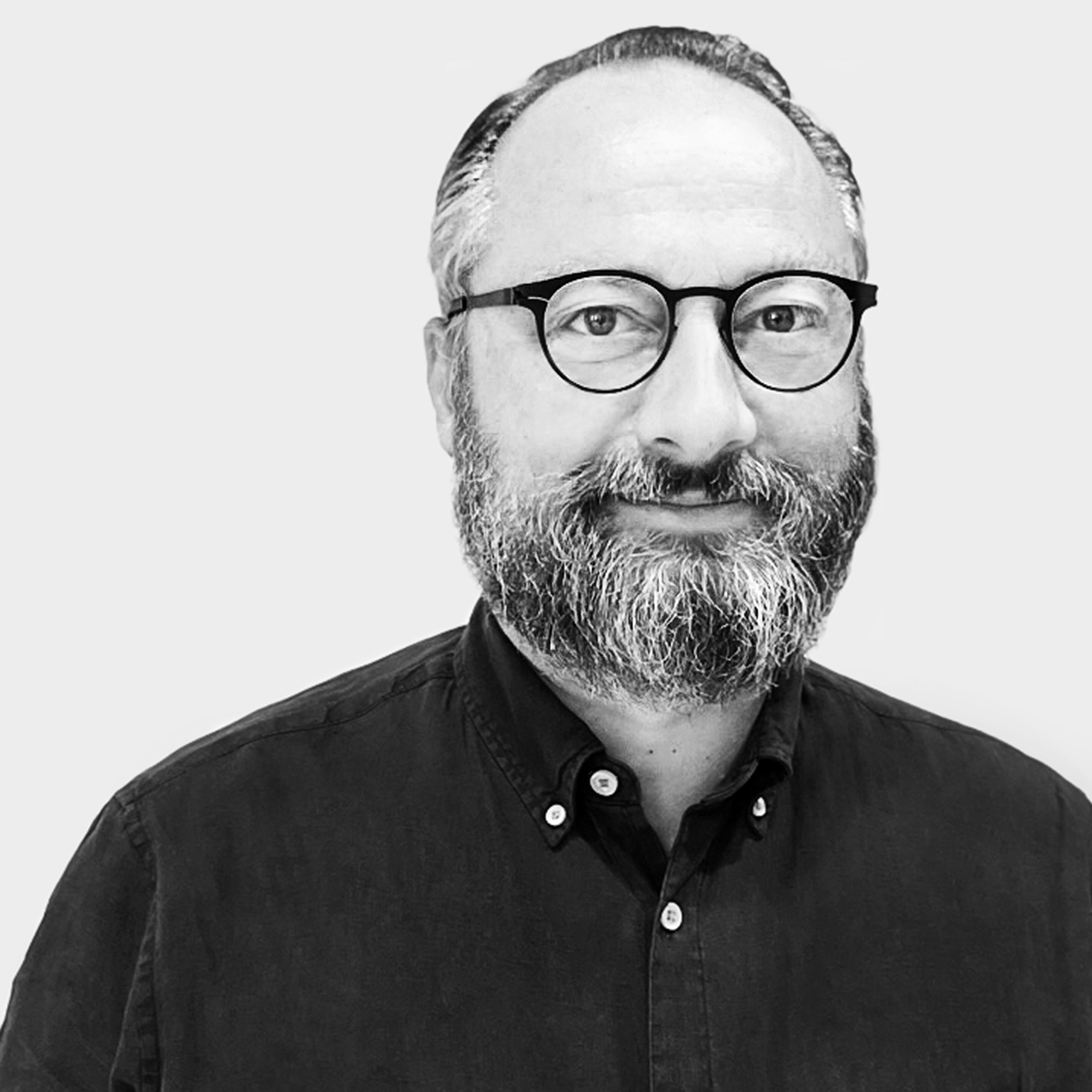Before and after pictures are a popular means of advertising products and services in many industries. In the field of medicine, however, the use of before-and-after images is subject to strict conditions. For example, Section 11 (1) sentence 3 no. 1 of the Therapeutic Products Advertising Act (HWG) prohibits the comparative depiction of body condition or appearance before and after surgery for all surgical plastic surgery procedures, unless they are based on medical necessity.
In its ruling of August 29, 2024 (4 UKL 2/24), the Higher Regional Court of Hamm ruled that injections with hyaluronic acid and Botox also fall under the ban on before and after images, as this is a surgical plastic surgery procedure referred to in Section 1 (1) No. 2 lit. c) HWG.
The case
The defendant offers aesthetic treatments such as non-medically indicated lip shaping, nose corrections, chin augmentation, etc., by injecting medical products such as hyaluronic acid-based fillers and Botox. She advertised these treatments on Instagram with before and after pictures. The North Rhine-Westphalia Consumer Protection Center objected to this and sued for an injunction.
The Higher Regional Court of Hamm now had to decide whether injections with hyaluronic acid or Botox constituted a plastic surgery procedure and whether this procedure was medically necessary.
The protective purpose is decisive
The term “surgical plastic surgery procedure” in Section 1 para. 1 no. 2 lit. c) HWG is of central importance. This is not legally defined and therefore requires interpretation.
First, the Higher Regional Court of Hamm referred to the wording and general usage. This suggested that only the “classic” surgical procedure by opening the body with a scalpel or knife could be covered here.
However, it then turned to the protective purpose of the advertising ban. This lies in the protection of consumers and the general public from significant damage to health and risks by prohibiting (in particular suggestive or misleading) advertising with medically unnecessary cosmetic surgery procedures. The decisive factor here is the potential danger. It does not matter whether the considerable damage to health and risks actually materialize in the individual case.
Therefore, a surgical intervention within the meaning of. § Section 1 para. 1 no. 2 lit. c) HWG is to be assumed if an instrumental intervention is carried out on or in the human body, with which shape and form changes are made to the organs or the body surface. The court further justifies this view by stating that no incentive should be created by before-and-after images for an intervention without medical necessity that is associated with health risks. Whether a scalpel or similar was used was therefore irrelevant. Even the undisputedly lower risk compared to a “classic” operation does not change this, as injecting the skin with hyaluronic acid or other so-called fillers could also cause considerable damage to health.
So what all falls under plastic surgery?
If the Higher Regional Court of Hamm has its way, a lot. The OLG assumes a very broad scope of application of the term. All treatments offered by the defendant, such as lip shaping, nose corrections and injections in other areas of the face, such as the tear troughs, the nasolabial fold, the chin or the cheekbones, would fall under the term.
The benchmark is the presence of a change in the shape of the nose, lips, etc. and that it remains for a longer period of time (in the case of the treatments offered here, around 1.5 years).
And was the procedure medically necessary?
The answer to this question will probably be easy for most people, including non-lawyers and medical laypersons: As a rule, no. Accordingly, the court briefly states that the medical indication must be emphasized in the advertising itself. In the present case, the advertised treatments clearly only served to change the appearance of the persons depicted and were in no way related to a pathological condition in need of treatment.
Conclusion
Providers of aesthetic treatments should check whether and to what extent they adapt their advertising to the judgment in future. In the opinion of the Higher Regional Court of Hamm, the scope of the ban on before and after pictures also includes most minimally invasive treatments in this area. There is still an exception for procedures that are actually medically necessary. A medical indication can sometimes also be given for aesthetic procedures. However, this must then be made clear in the advertising itself.
However, the judgment is not yet legally binding, as the defendant has lodged an appeal (BGH I ZR 170/24).



